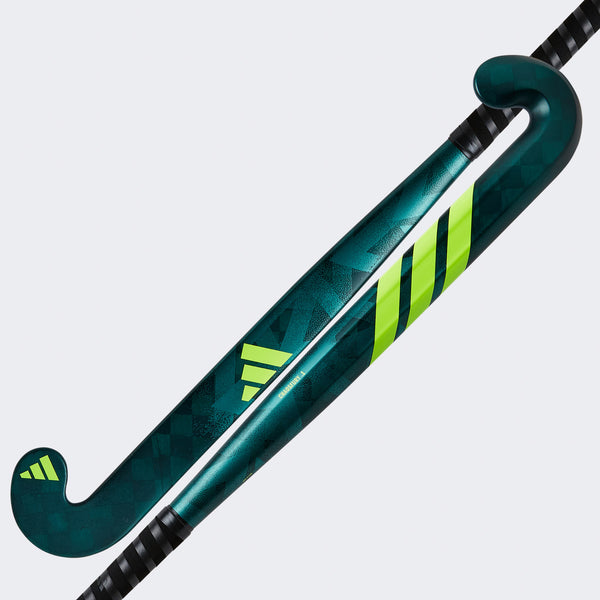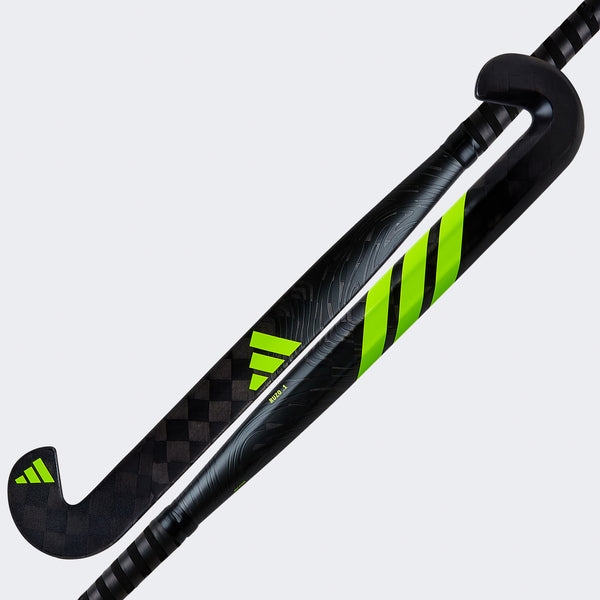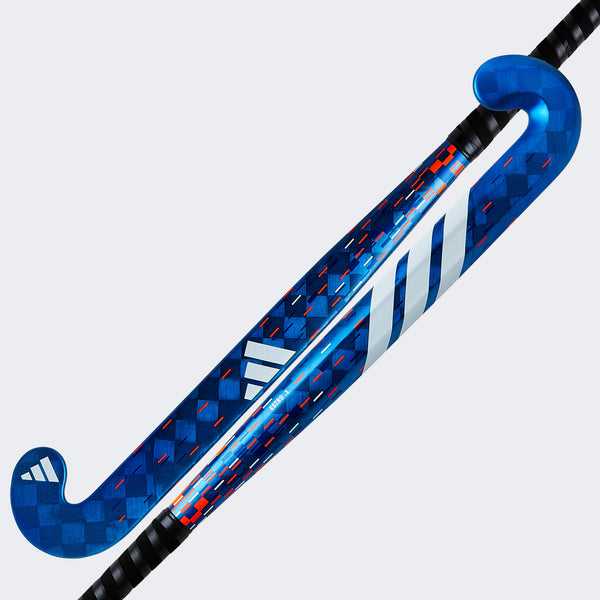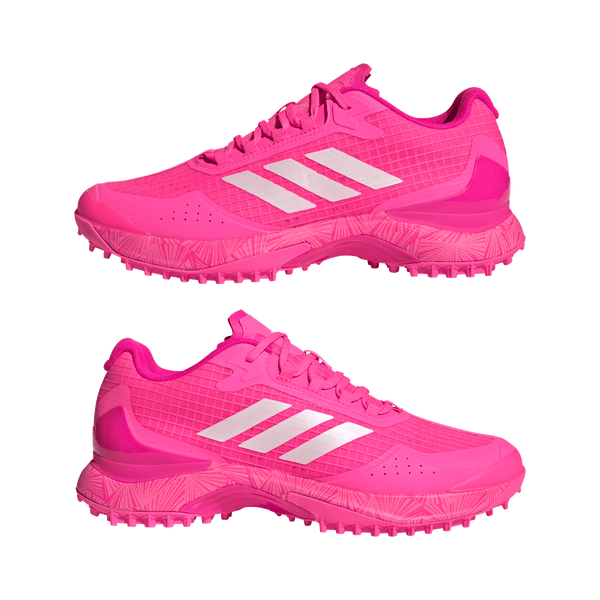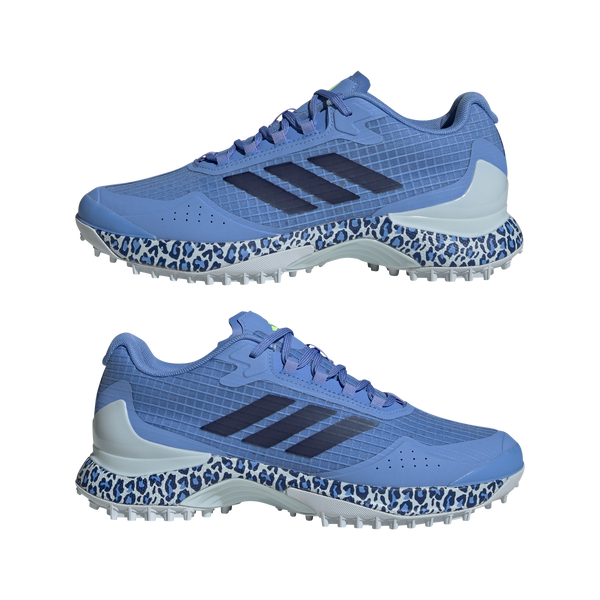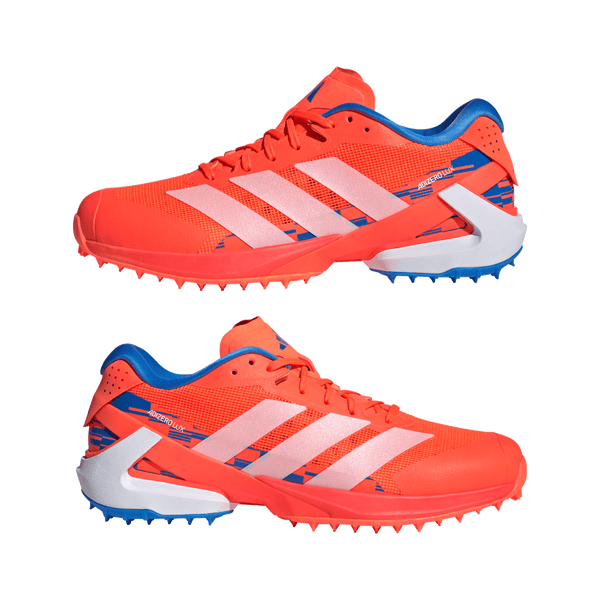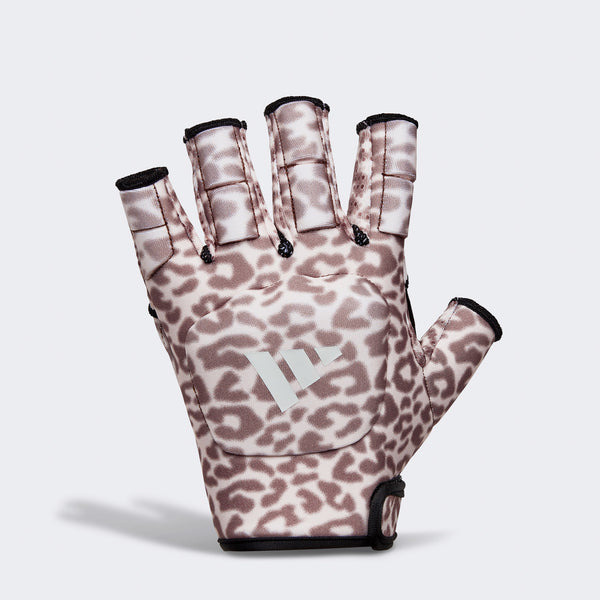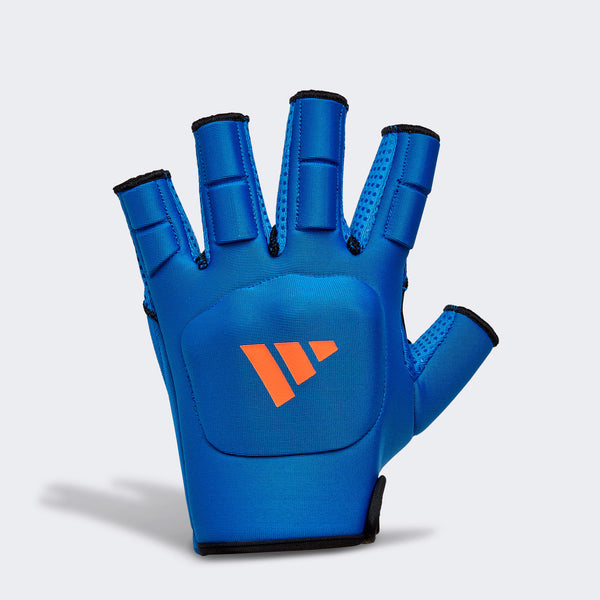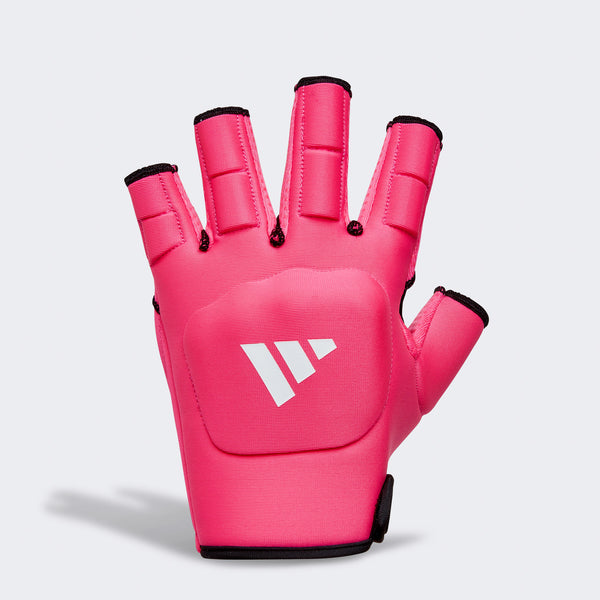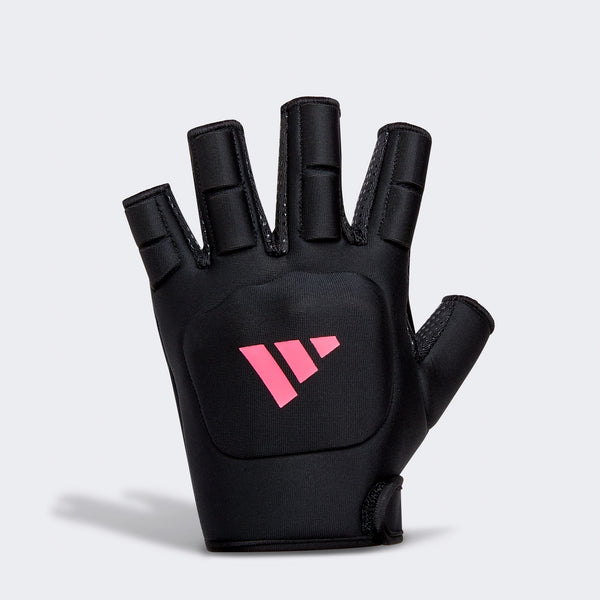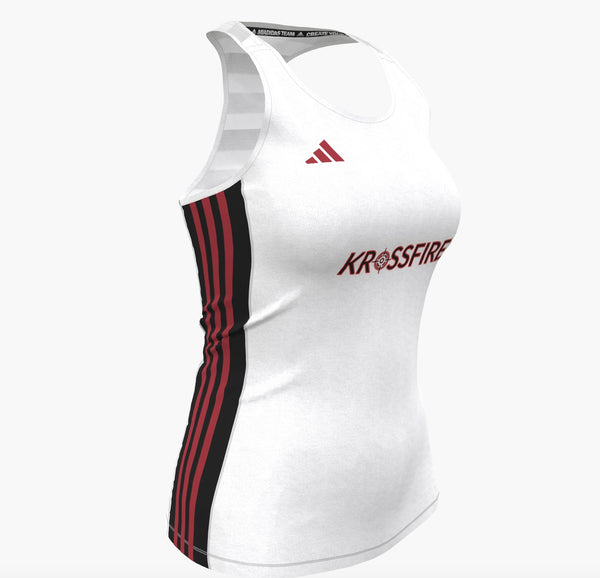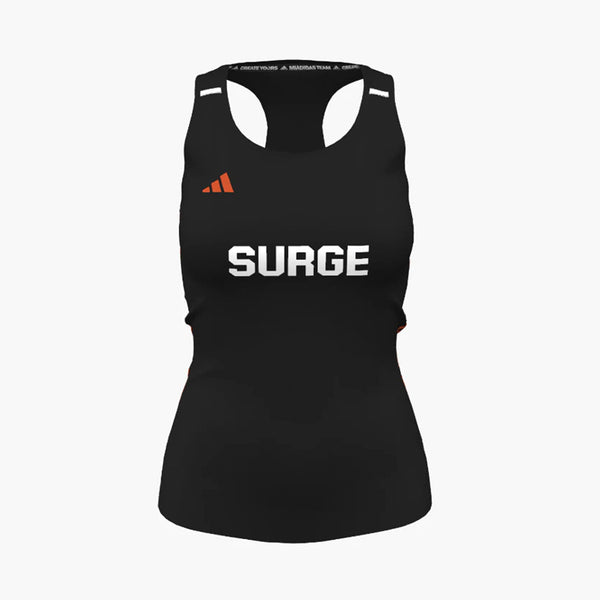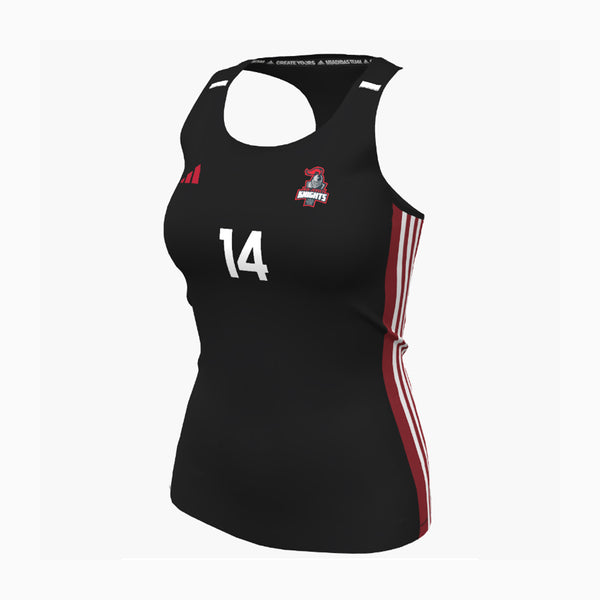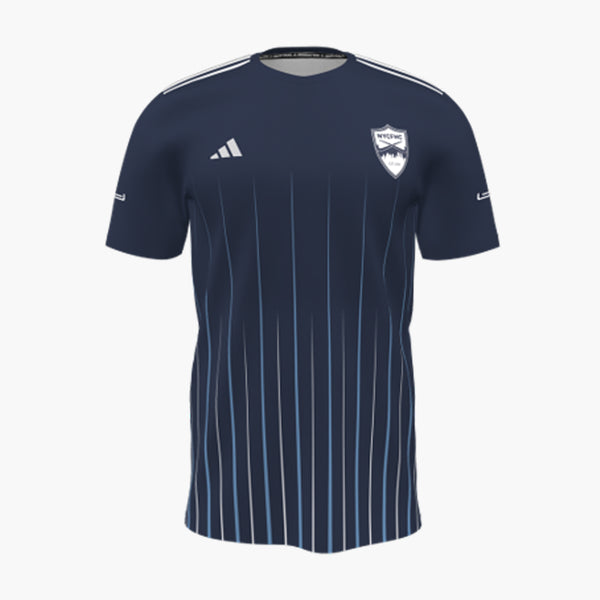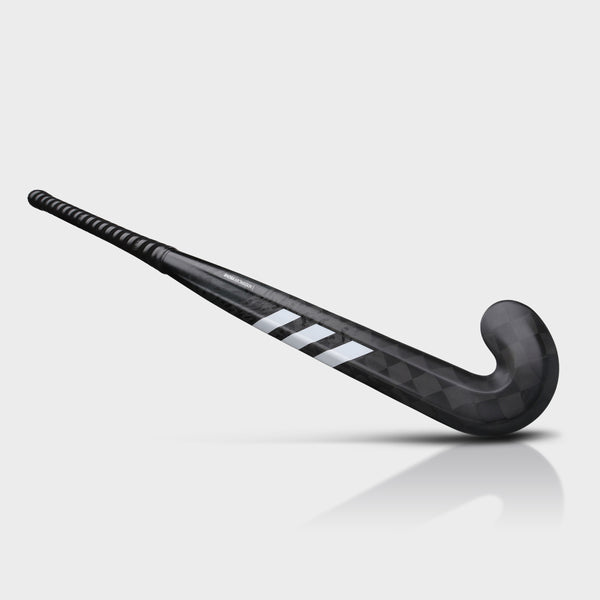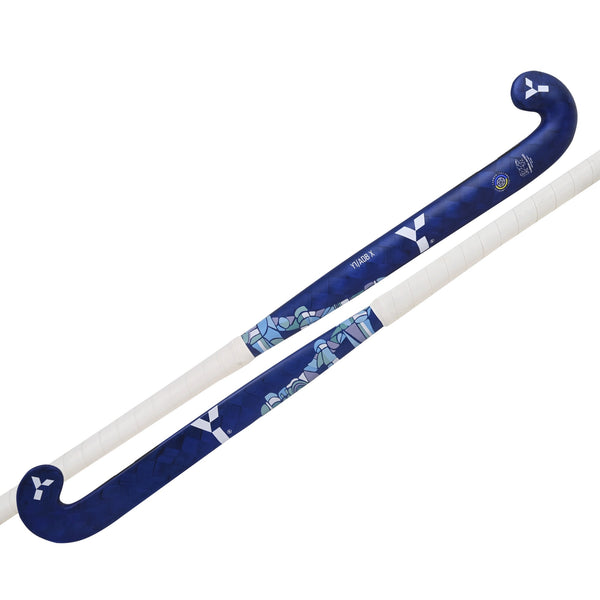Years ago, most field hockey sticks were made solely from wood. Today, most sticks are made with a mix of composite materials, the main material being carbon.
Wood is a comparably soft material versus carbon, so offers great touch and is still used in entry-level sticks today. Carbon, and other composite materials, offer much greater power generation versus wood, and are also lighter, and therefore have become the preferred materials for sticks.
The reason sticks are not made purely from carbon is that it is a very hard material, but doesn’t have much flexibility, so you’d find the ball very hard to control. You also need some other composite materials, such as fiber glass or aramid, in the stick to absorb the vibrations created when hitting the ball (or it will hurt)!
Today, sticks are made from a mix of carbon and other composite materials, so you can generate as much power as possible when hitting the ball, but also still have good touch and control of the ball.
Carbon Fiber: the stiffest and most powerful material used in a stick. Used to generate maximum power.
Fiber Glass: a much softer, more flexible material. Used to absorb vibrations and soften the touch of a stick.
It is important to remember it is not just what your stick is made of, but also the quality of the materials used, and how they are laid out within the stick. A high-quality carbon stick will feel very different to a low-quality carbon stick. Similarly, different lay-ups, and how the materials are positioned within the stick and molded together will affect how a stick feels.
So, what stick should I choose?
The adidas stick range now features 9 levels from a .1 to a .9. The below table highlights the differences between these:

A .1 stick is designed for maximum power generation. The compromise here is that you will need much softer hands to cushion the ball onto the stick, as the touch will be harder to control.
A mid-level stick such as a .3, or .4, is a good compromise between power and touch. You’ll be able to generate a lot of power still, but the stick will also have more flex, with a softer touch for close control of the ball.
An entry level stick such as a .8 or .9 is designed for a junior picking up a stick for the first time. They are very soft to help learn how to control the ball and develop good touch, but will not generate a lot of power comparably to the higher-level sticks.
To help decide on which composition would suit you, think about what you like from your stick, power versus touch wise.
For any further help required, please get in touch with our team at info@hfssport.com.
Learn more about how to choose a field hockey stick here.
